

The enclosure represents the quintessence of the wisdom of Anyuan Hakka population with profound culture. Located in Laowei village, a famous historical and cultural village in Jiangxi Province, Dongshengwei enclosure group mainly includes Dongshengwei, Zunsanwei, Pan An Wei and Wei Ting Wei. Dongshengwei, commonly known as "lao wei", namely ancient wei, was started in the 22nd year (1842), and completed in the 29th year (1849) during the Daoguang Emperor’s reign in the Qing Dynasty. The 200 year-old, costing a great deal through 8 years, was launched by Chen Langting, a native of "second-rank military general", with a plaque bestowed by the emperor of the Qing Dynasty hanging in the enclosure. Dongshengwei, covering 1,0391.6 m2, is rated as the largest square enclosure nationwide, listed in the 7th batch of national key cultural relics protection units in March 2013.Dongshengwei, facing west, of the shape like "回", harbors 199 houses, 9 courtyards and 18 halls, nicknamed "9 yards and 18 halls". The whole enclosure, of clay-wood and brick-concrete structure, functions as a fortress guarding against fire, water, burglary, earthquake, and external invasion, regarded as "earth enclosure" of "easy to hold but hard to attack, non-accessible for weapons, water and fire". The building is massive in scale, with scientific, reasonable layout and artistic, grand design, looking magnificent, firm and solid, accredited as intelligent fruit of the Hakka group in Gannan.Pan An Wei, a stone's throw from Dongshengwei, was constructed by Chen Langting’s 2nd son, beautifully surrounded by green trees. Zunsanwei, built by his 5th son, now a red revolution commemorative site, is referred to as epitome of the Soviet revolution in southern Jiangxi Province, surviving the ruins caused by the epic defense battle of Zunsanwei. The centralized whole enclosure group is infused with unique Hakka culture, holding significant development potential for sightseeing.The landscape, Four Seasons Flower Sea, not far from the enclosure group, fascinates tourists year round like a magnet, with a sea of eye-catching flowers planted by season for backpackers to feast their eyes.
Pan An Wei, nicknamed "He Ba Wei", is located in Zhengang village, Zhengang Township, 20 km south of Anyuan County. The building was first initiated in the 10th year of Xianfeng Emperor’s reign in Qing Dynasty(1860), by Chen Bugao, 2nd son of Chen Langting, builder of "Dongshengwei", and completed in the sixth year of Tongzhi Emperor’s reign(1867), spanning the whole 7 years with a tremendous amount of expense.Pan An Wei, facing north, is slightly square. Turrets, one story higher than ground floor, are constructed on the four corners of the enclosure, corresponding to one another. The guarding towers are 12.5 m, complete with enclosed walls 9.35 m high and wall body 1.2 m thick. The housing enclosure consists of three layers in total. The wall of the first layer is constructed by laying boulder with tabia, with the joints filled with tung oil and glutinous rice, as hard as iron when drying, while the outer wall of the second and third is inlaid with black bricks, with the inner wall built with adobes, which is commonly known as "gold wrapping silver". The enclosure first and second floors are mounted with lattice windows, 50 cm long and 15 cm wide, surrounded by rectangular granite slab, whereas those of the third and fourth, with brick carvings and water chestnut-shaped flower windows. Three gates facing to the north of the enclosure houses, above the middle door frame is inlaid with brick carving with three regular-script characters reading "Pan An Wei". The main gate leads to three halls through two doors one after the other. Above the front door frame of the hall is inlaid with brick carving with four regular-script characters of "Luxuriant Osmanthus and Fragrant Orchid". The entire complex contains 96 houses, 86 m long and 76 m wide, occupying 6,536 km2. "Pan An Wei", after the founding of the new China, was taken over by Zhengang Grain Management Station.After the reform and opening up, "Pan An Wei", influenced by "Dongshengwei", stands out to be representative of Hakka enclosure houses, having received a fascinated host of home and foreign tourists and scholars for visit or investigation, making the live model offering precious materials for the study of the architectural skill of Hakka enclosure in Anyuan.
Mi sheng in Chinese, a container, used to measure rice to make both ends meet for a family, dating back to the past distant years, which also acted as a measure reflecting fairness and integrity in rice transactions on market. The measurement with a full sheng means plebeian prosperity whereas a deficient sheng, crop failure, thus the utensil Mi sheng, made a significant difference.As history is always keen to replace the old with the new, Mi sheng has gradually grown outdated, out of sight in ordinary life, thankfully, still retaining a symbol in memory of its prevalence in the Hakka’s enclosed dwellings in Ganzhou.Mishengwei, the smallest Hakka square enclosure nationwide, covering merely 500 km2, has nowadays been converted into Ganna Hakka Culture Museum(Ganna, namely southern Jiangxi), showcasing a diversified range of old articles specific to Hakka history, like worn oil lamps, plaques, embroidery, farming tools, artistically-carved furniture and others.Each and every collection in this museum displays deep-seated historical and cultural heritage of Hakka, all of which are curated under the sponsorship of the head, Mr. Huang.The museum, as of now, has housed 1,000-strong cultural relics, including Guan Yin Hall, coins tracing back to the Warring States Period of ancient China, antique pottery and porcelain, Hakka embroidery and ritual collections. In a bid to protect these cultural relics, curator Huang Guangming, has dedicated efforts and savings of all his life to launching the Ganna Hakka Culture Museum, following his detailed collecting, maintenance and preservation of tons of ancient objects from countless holders in some remote corners as far as mountainous villages.


